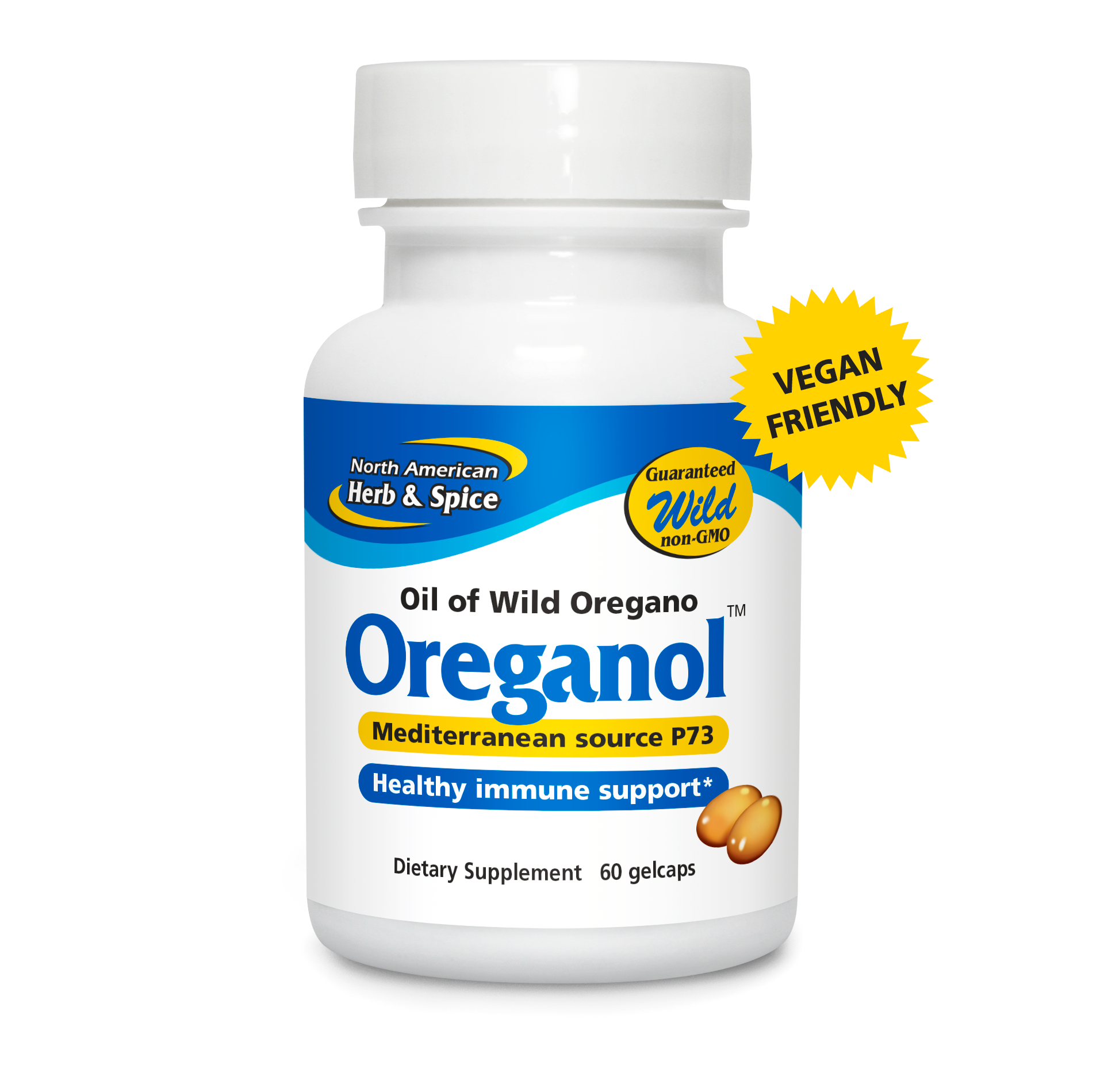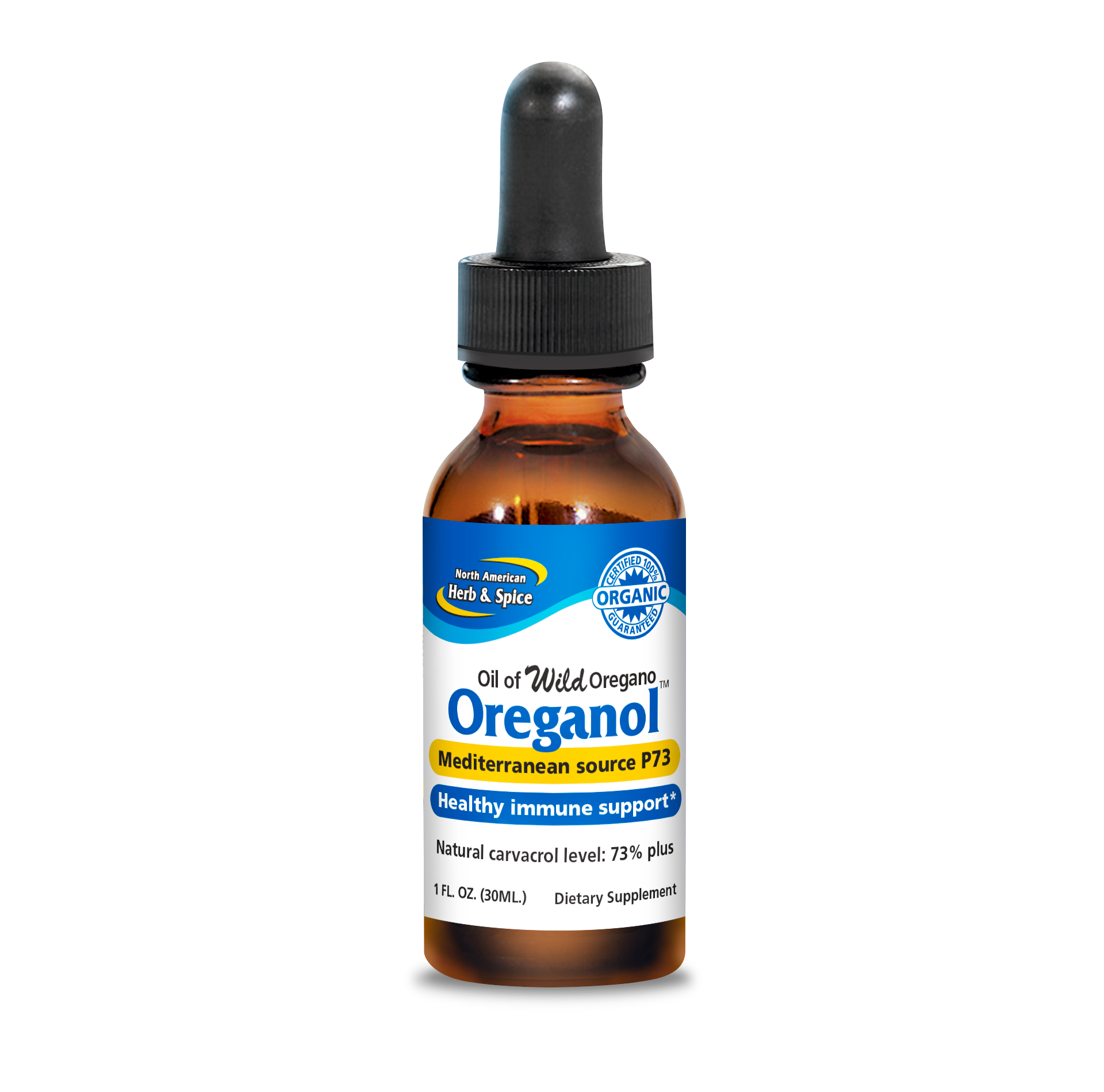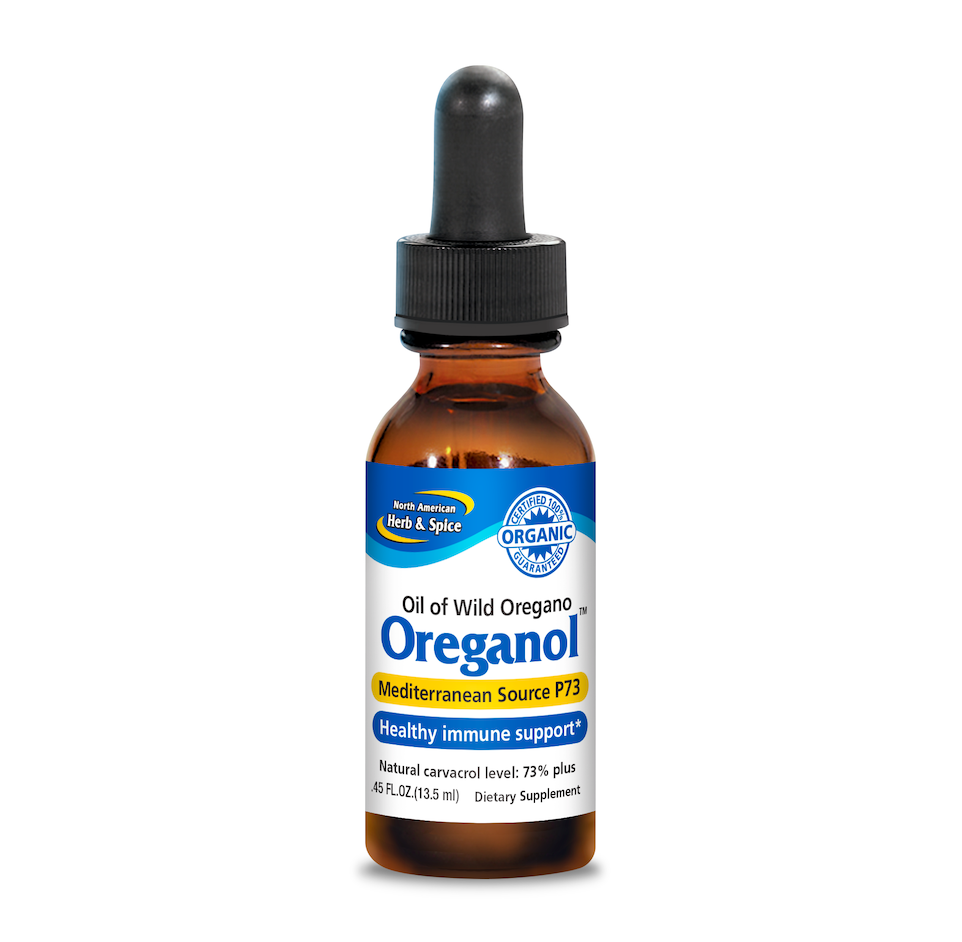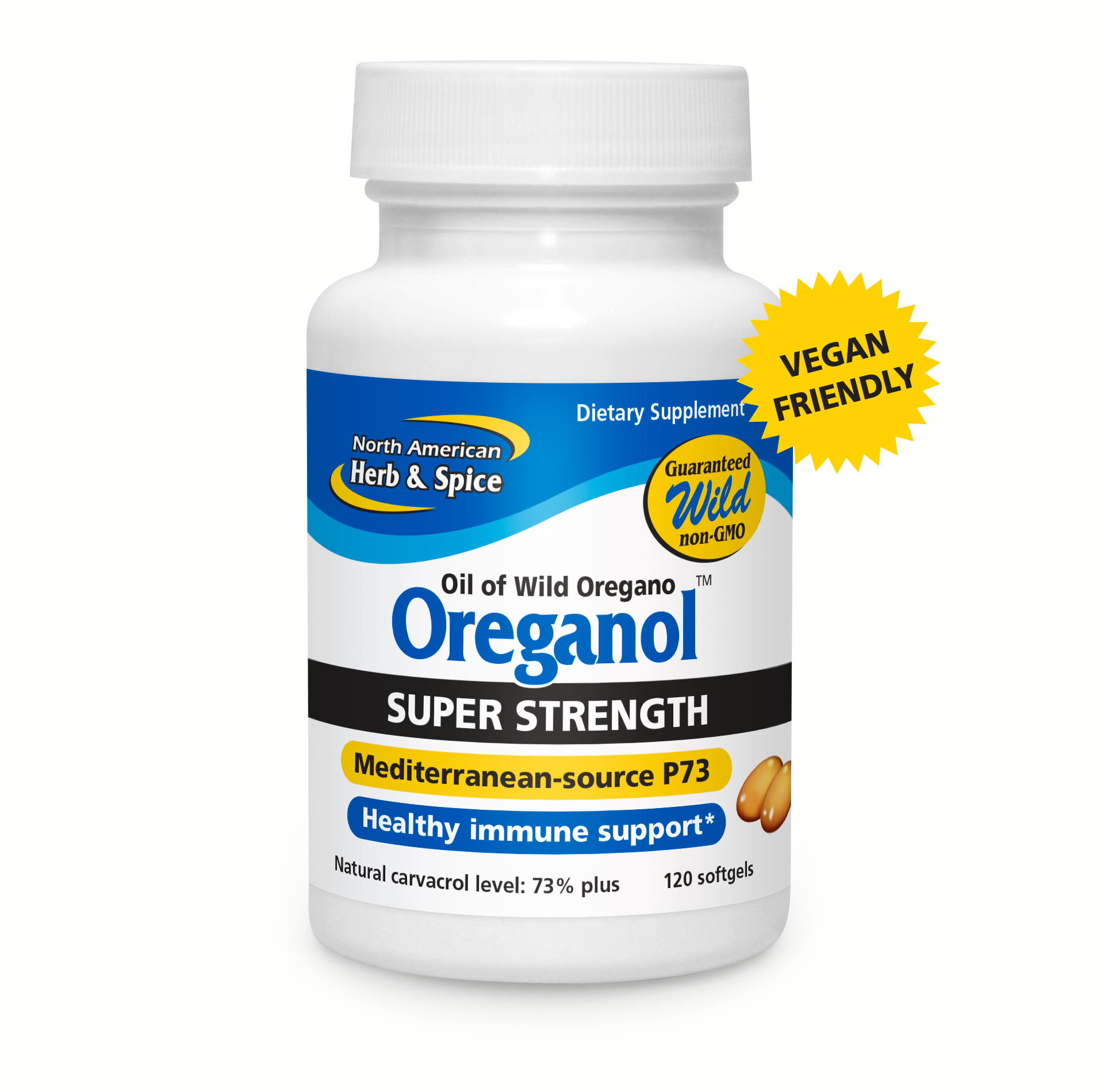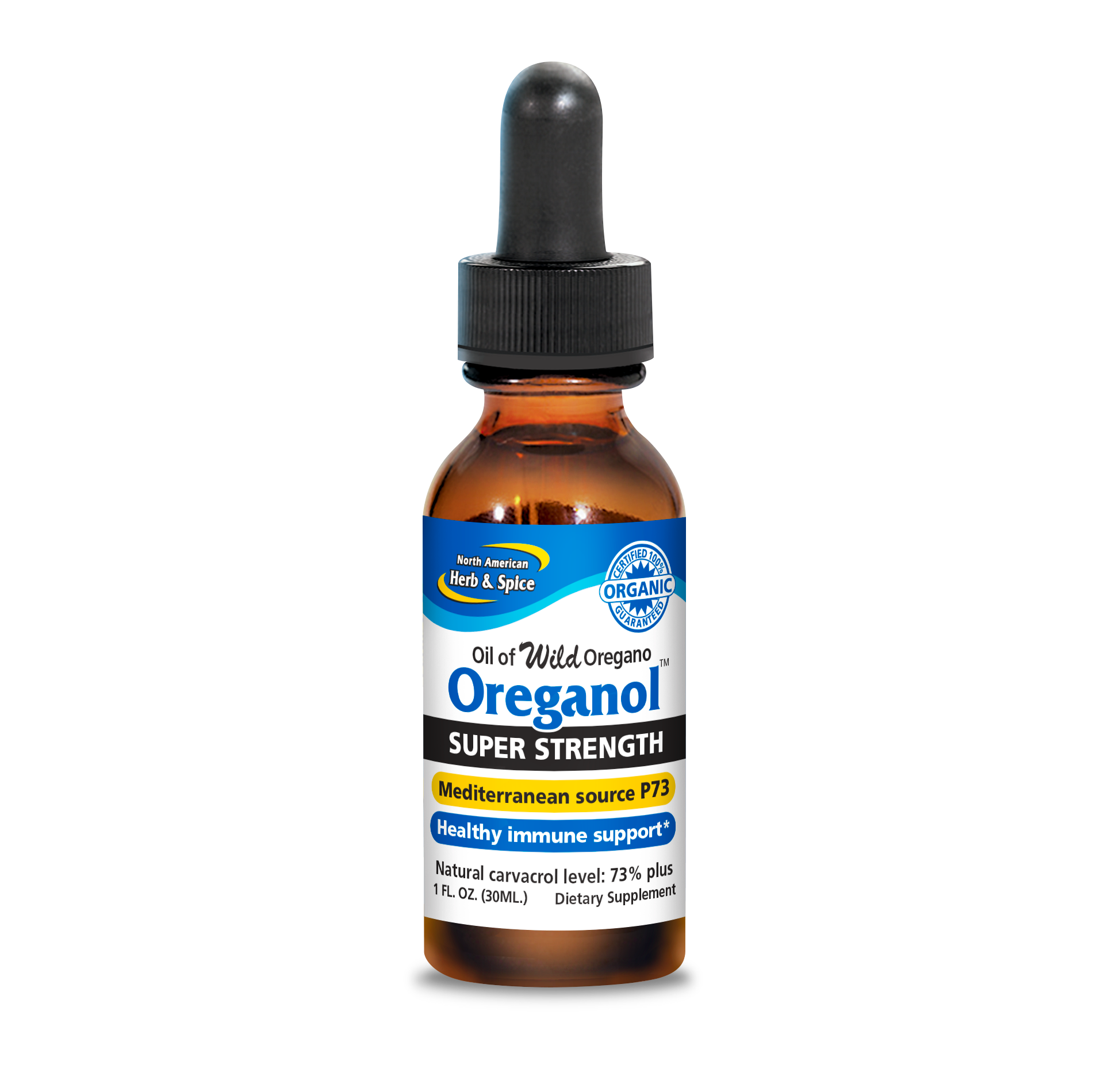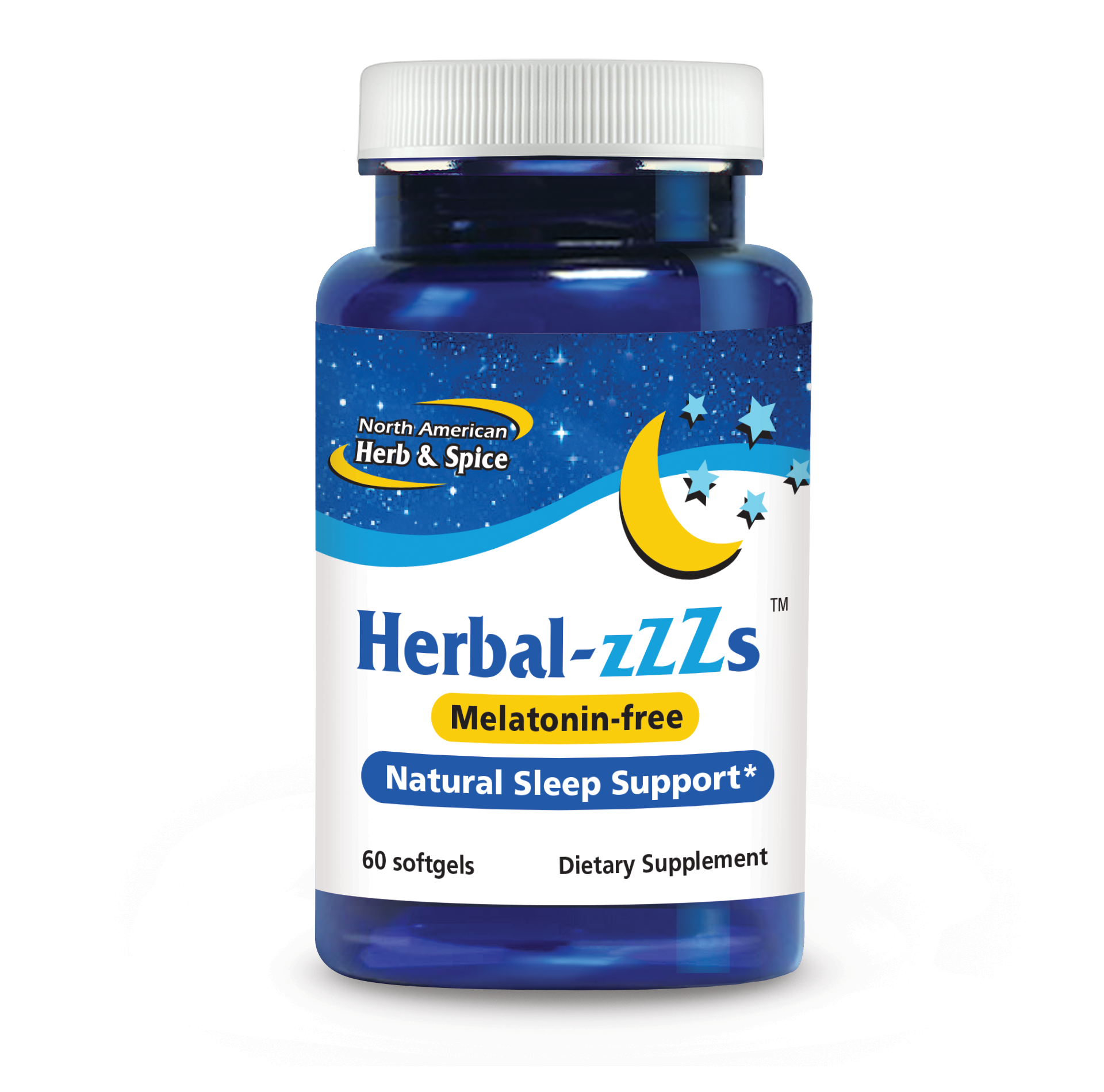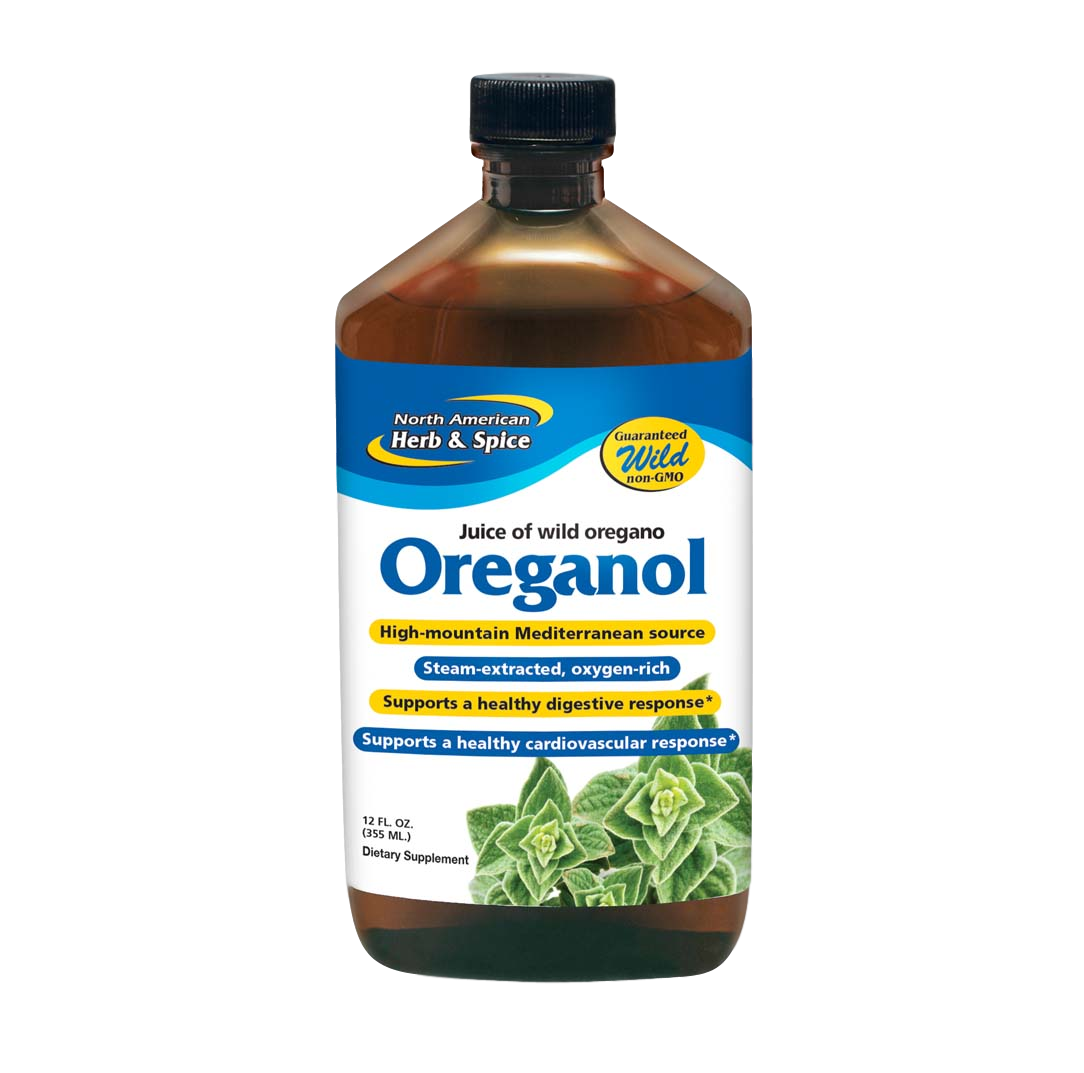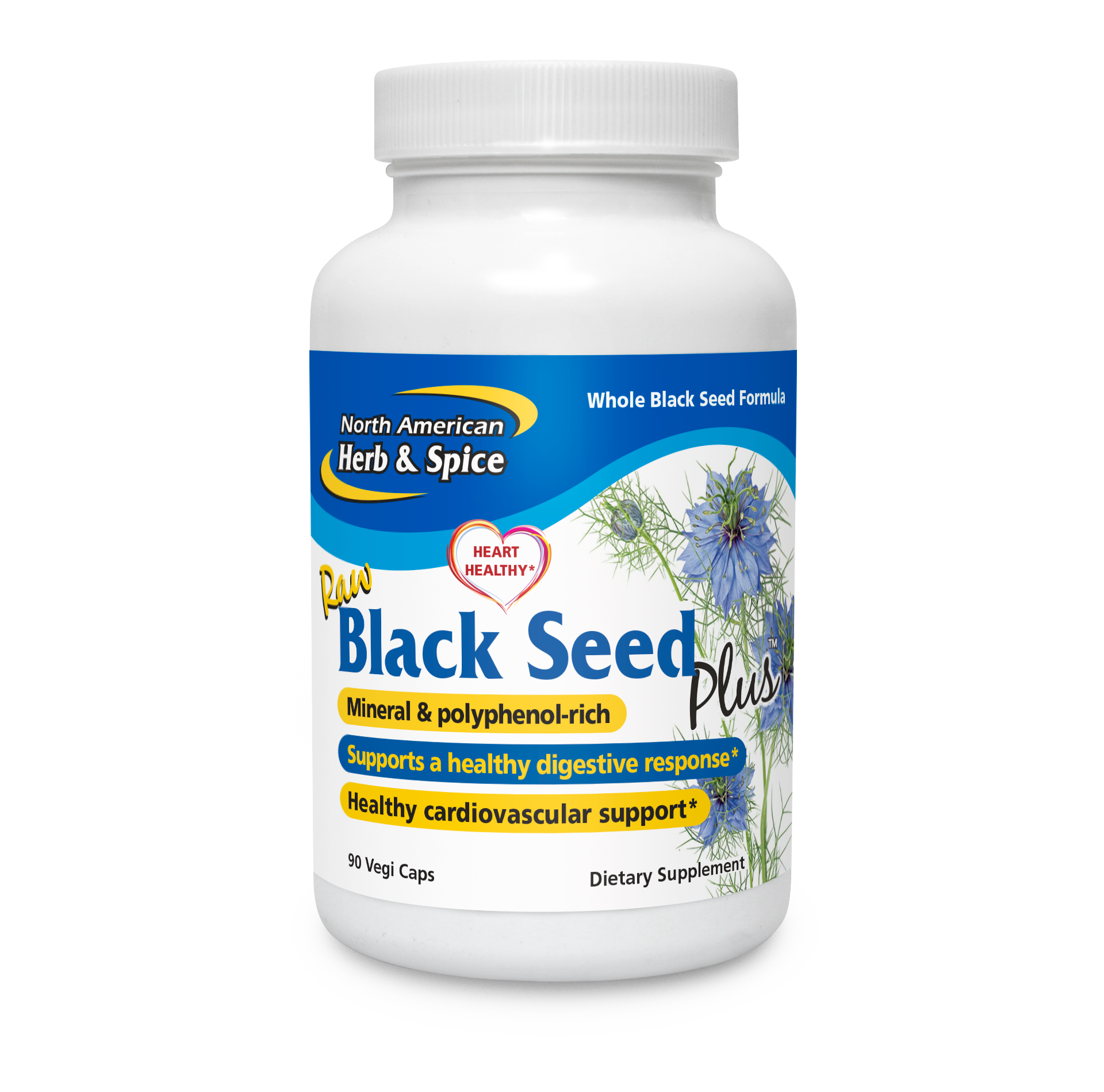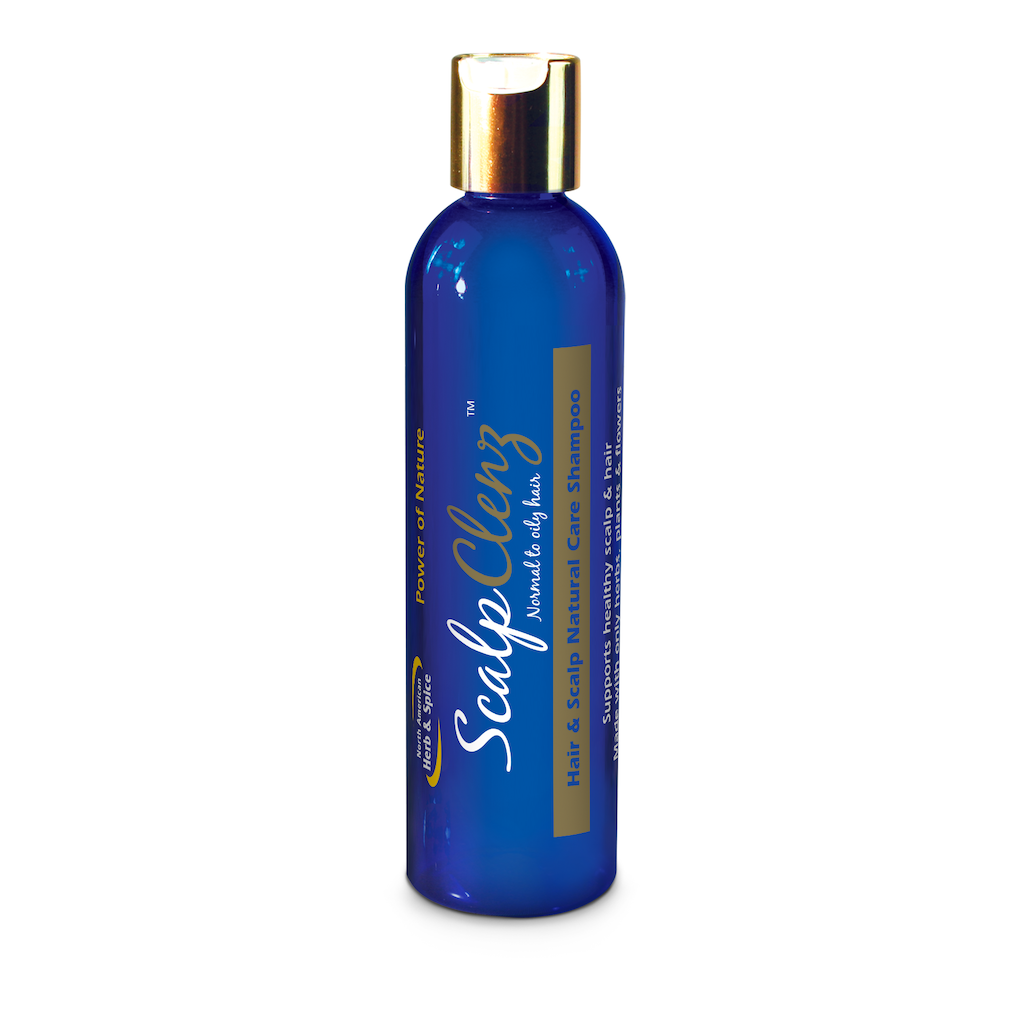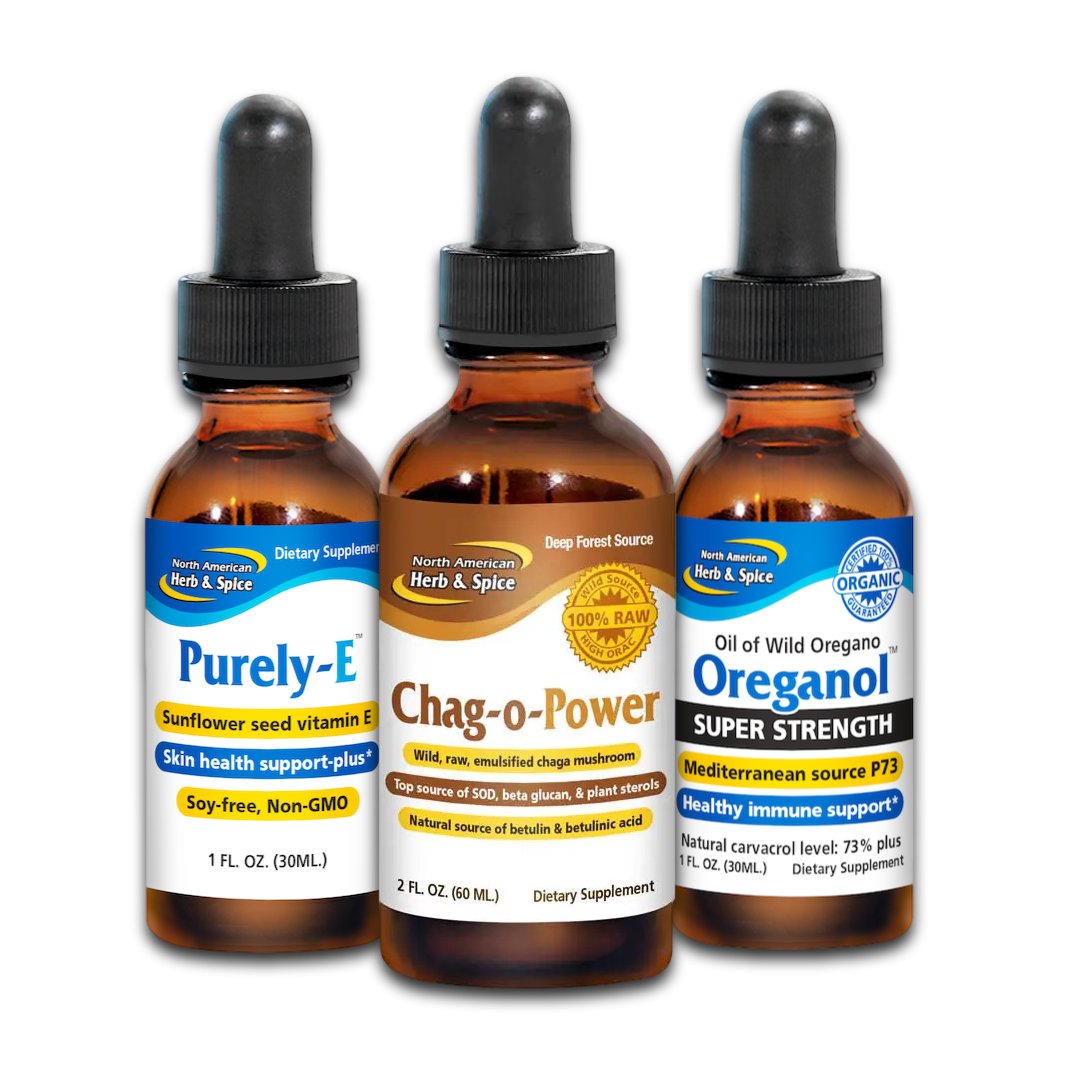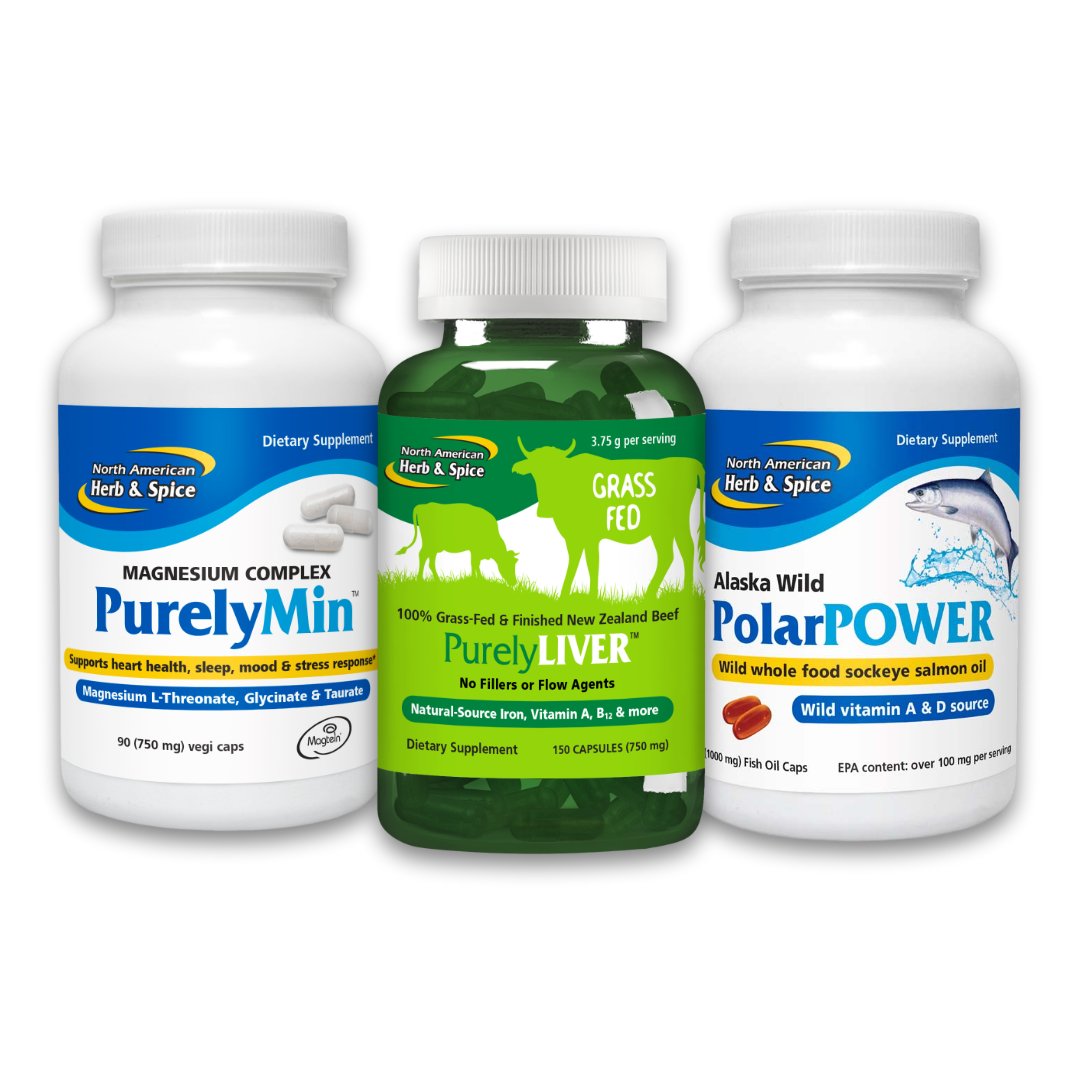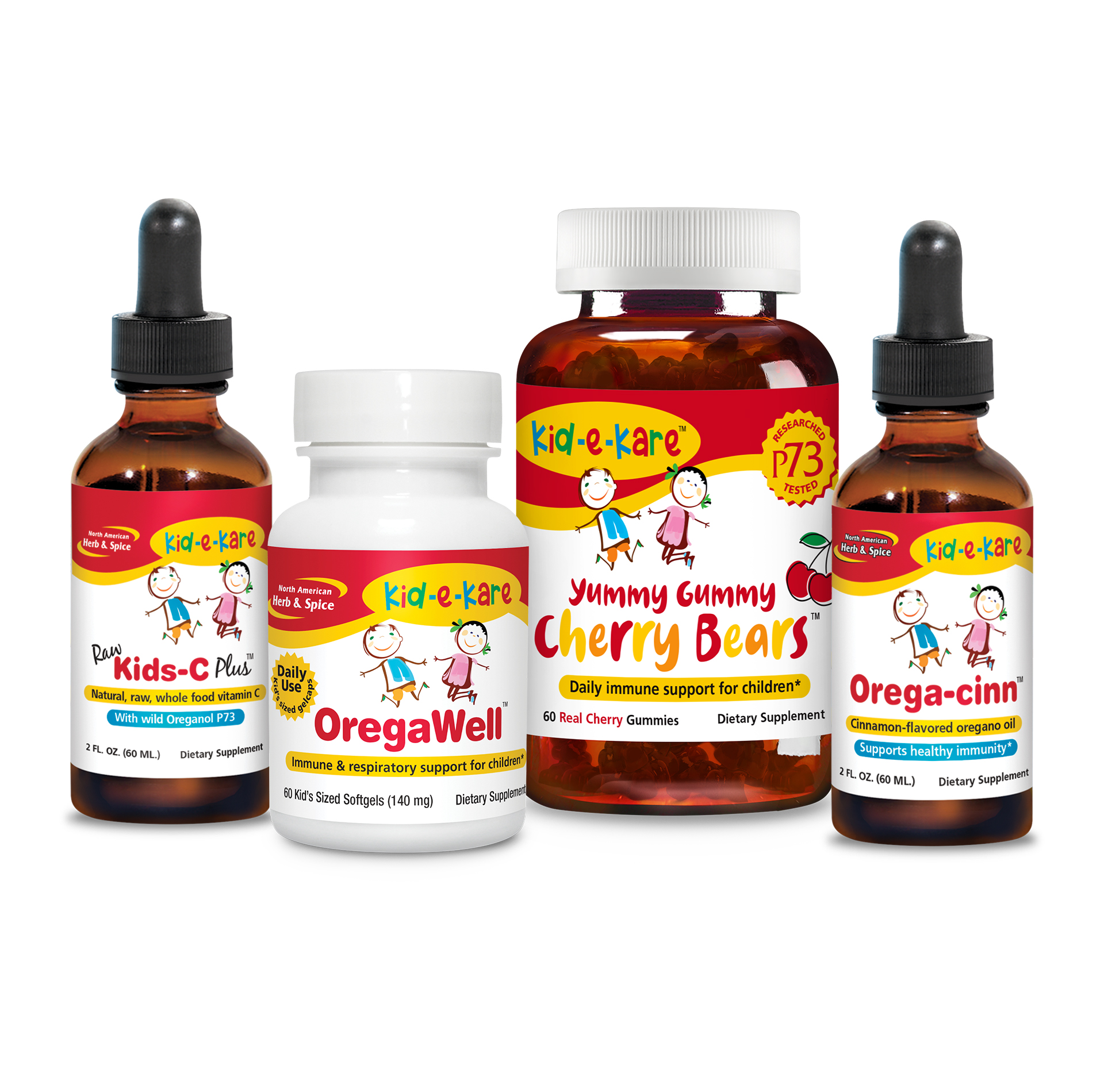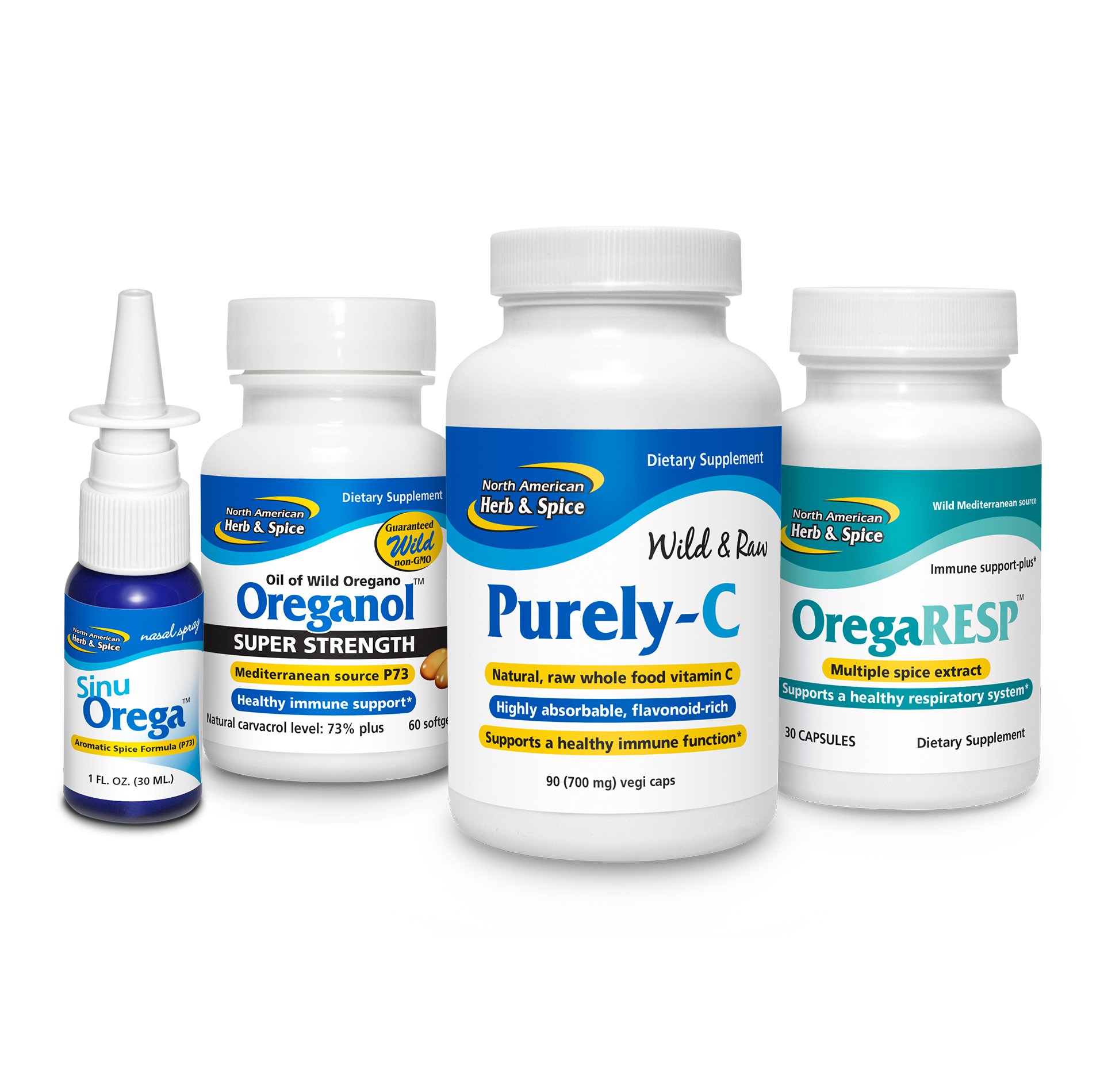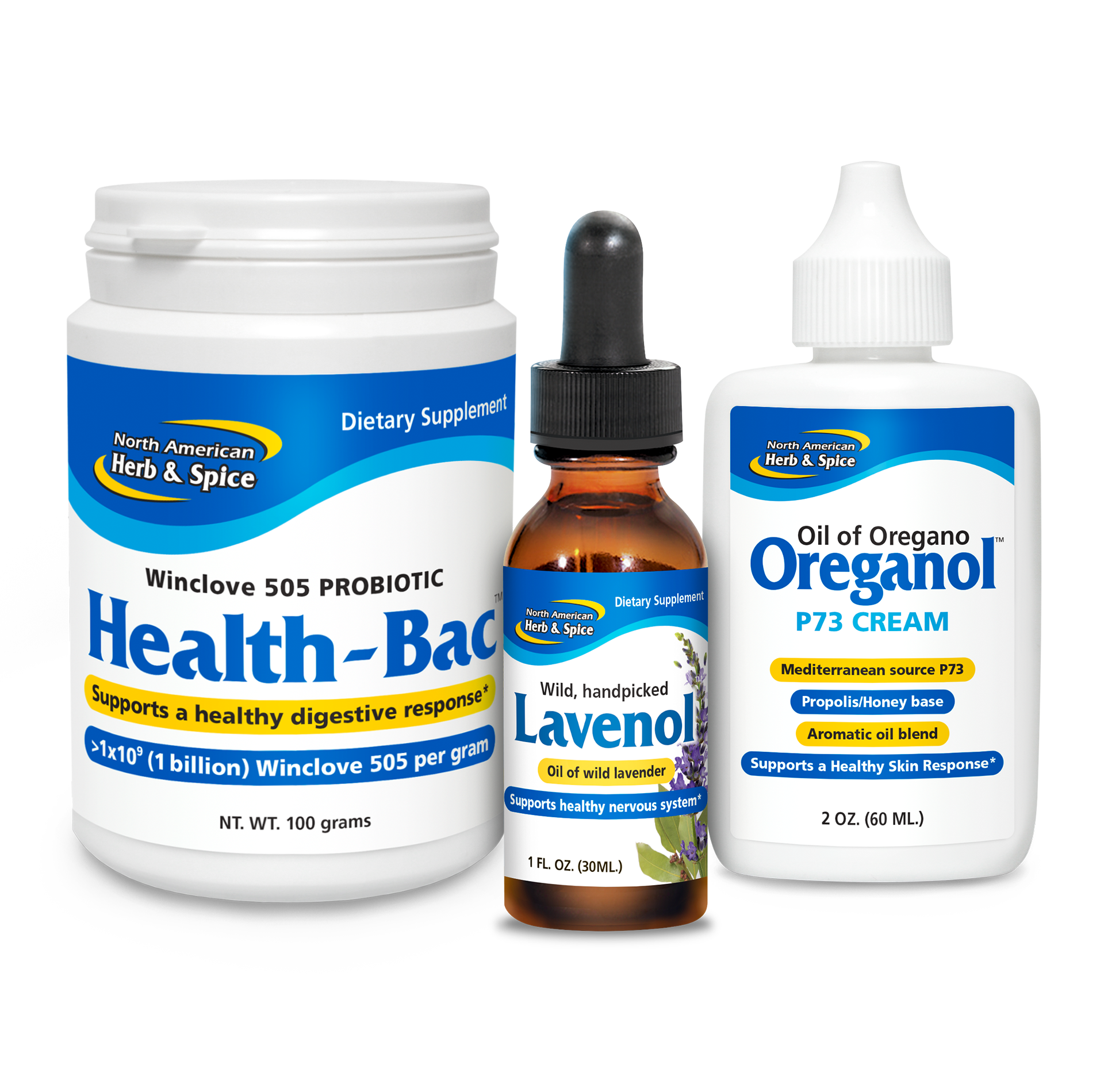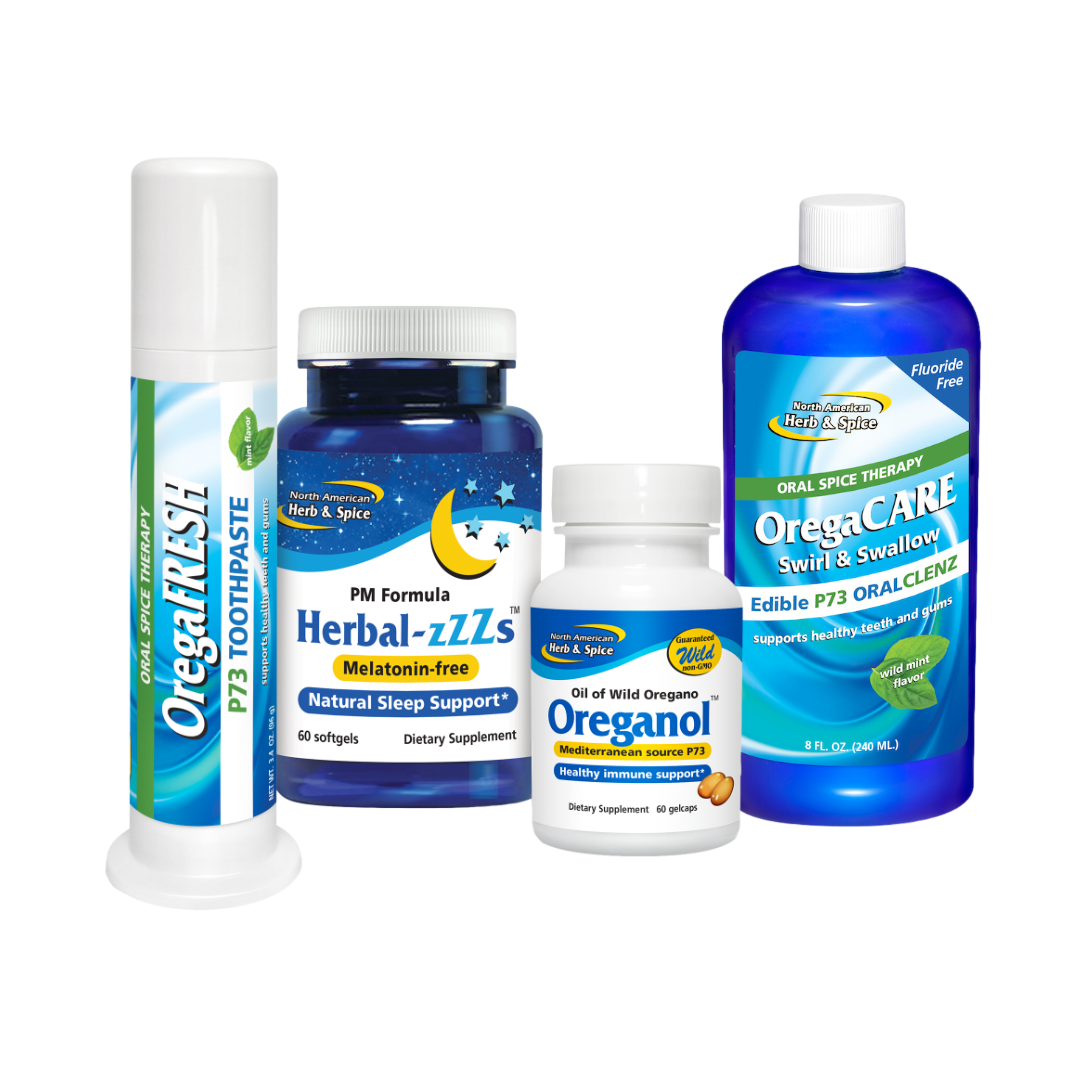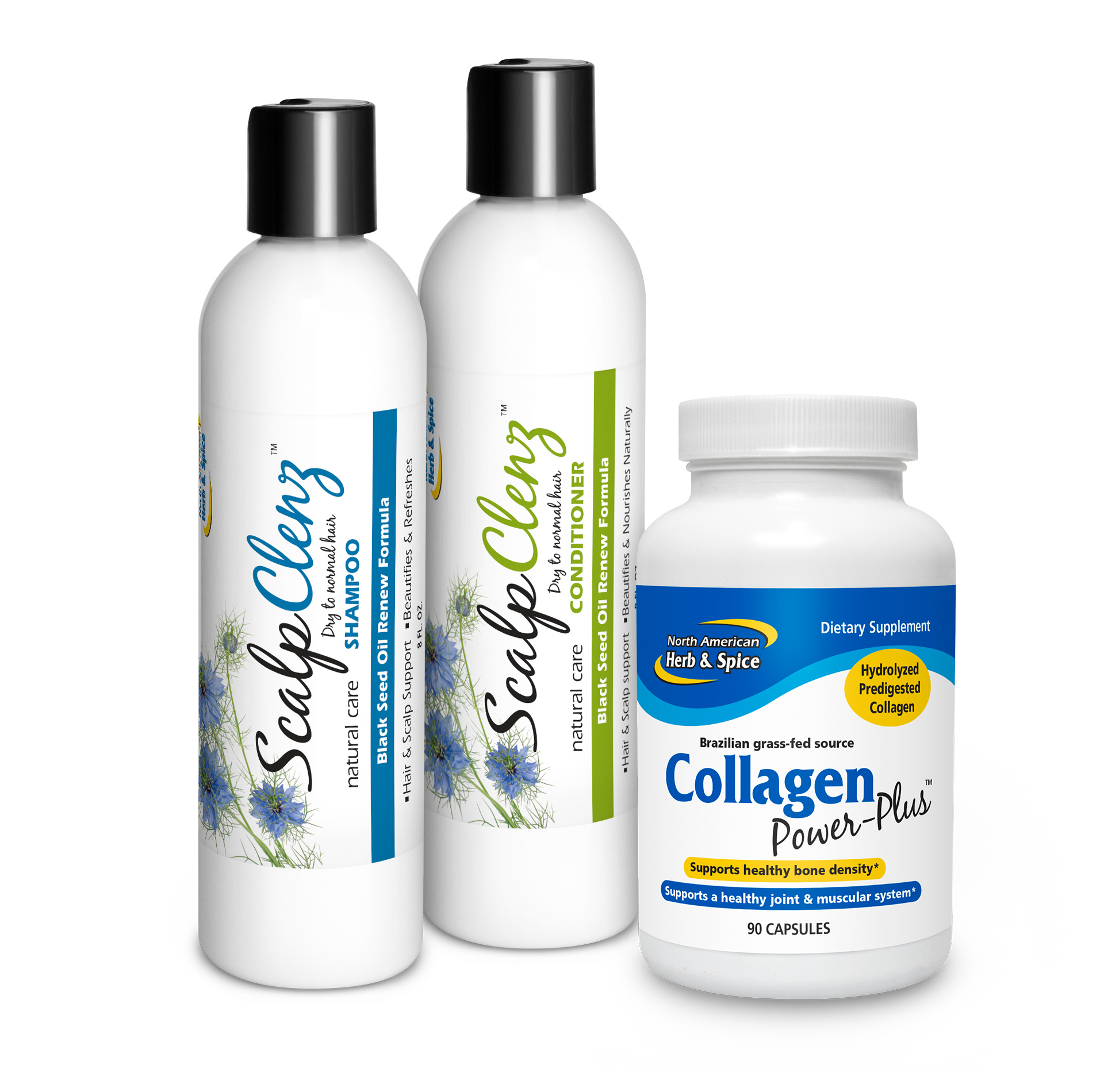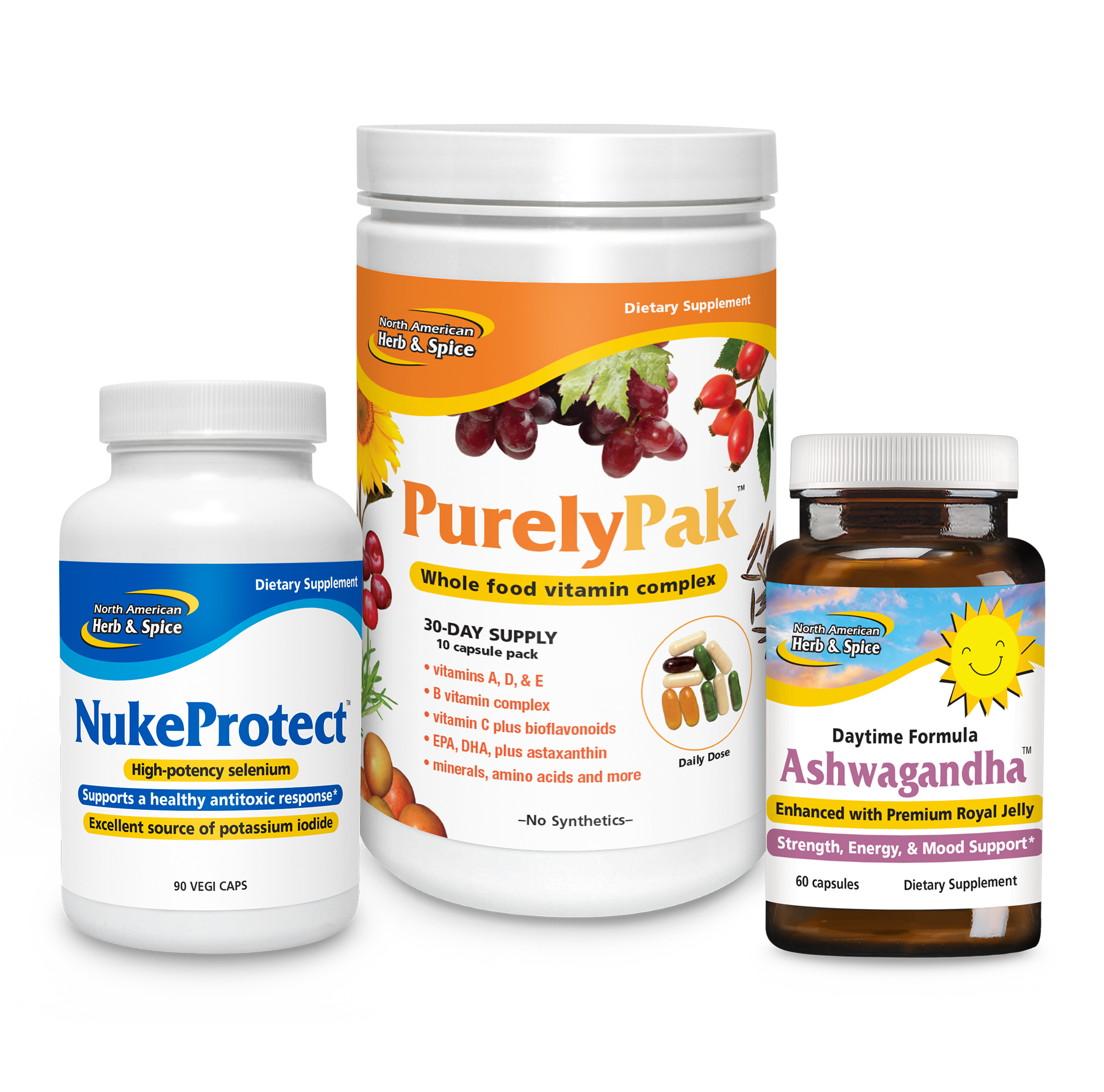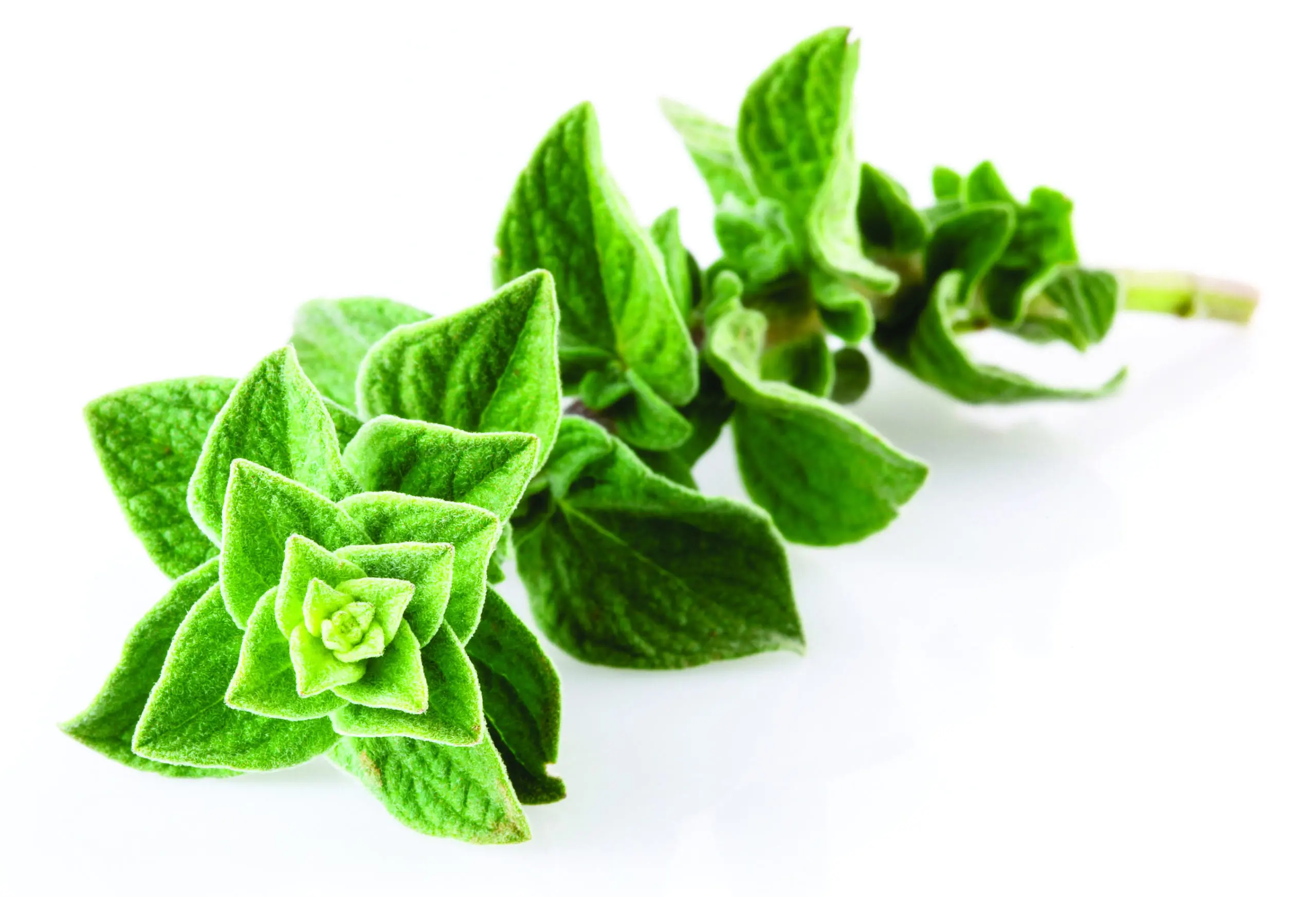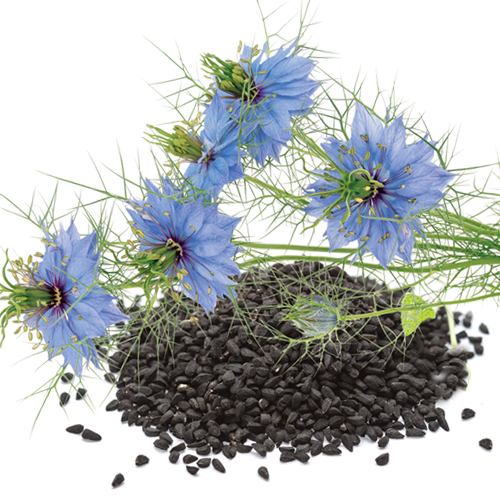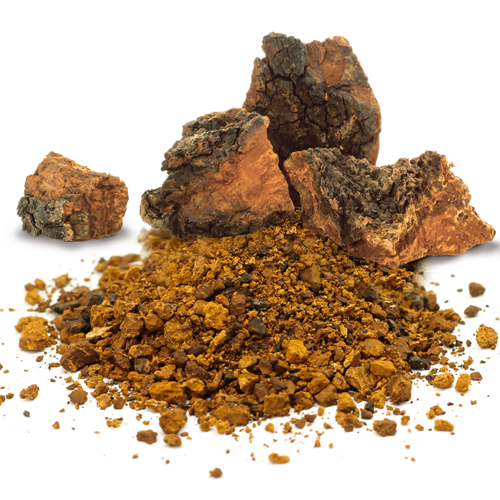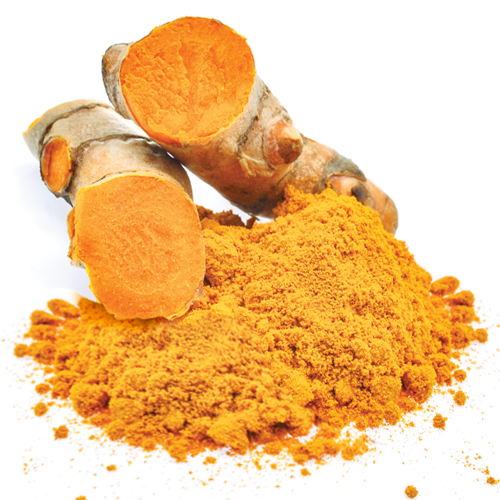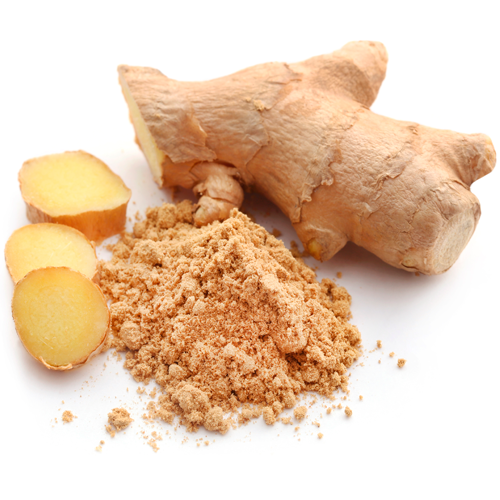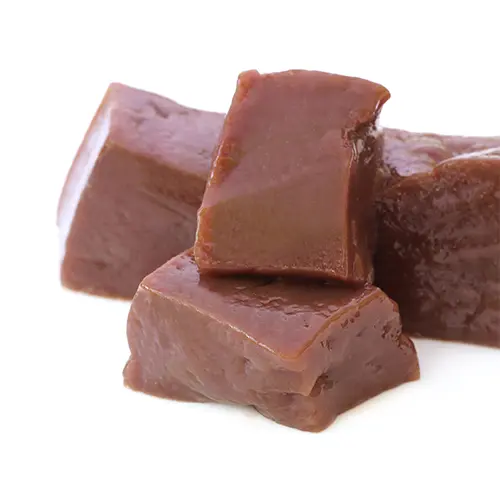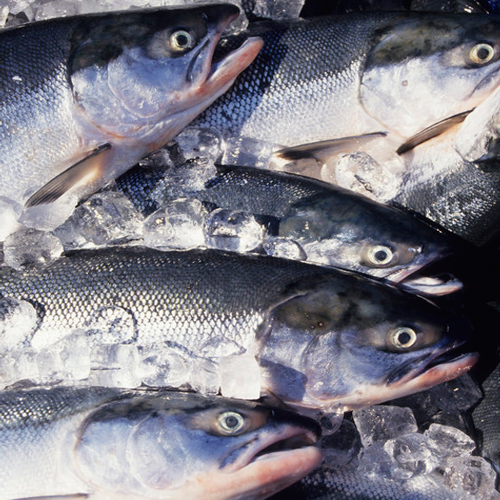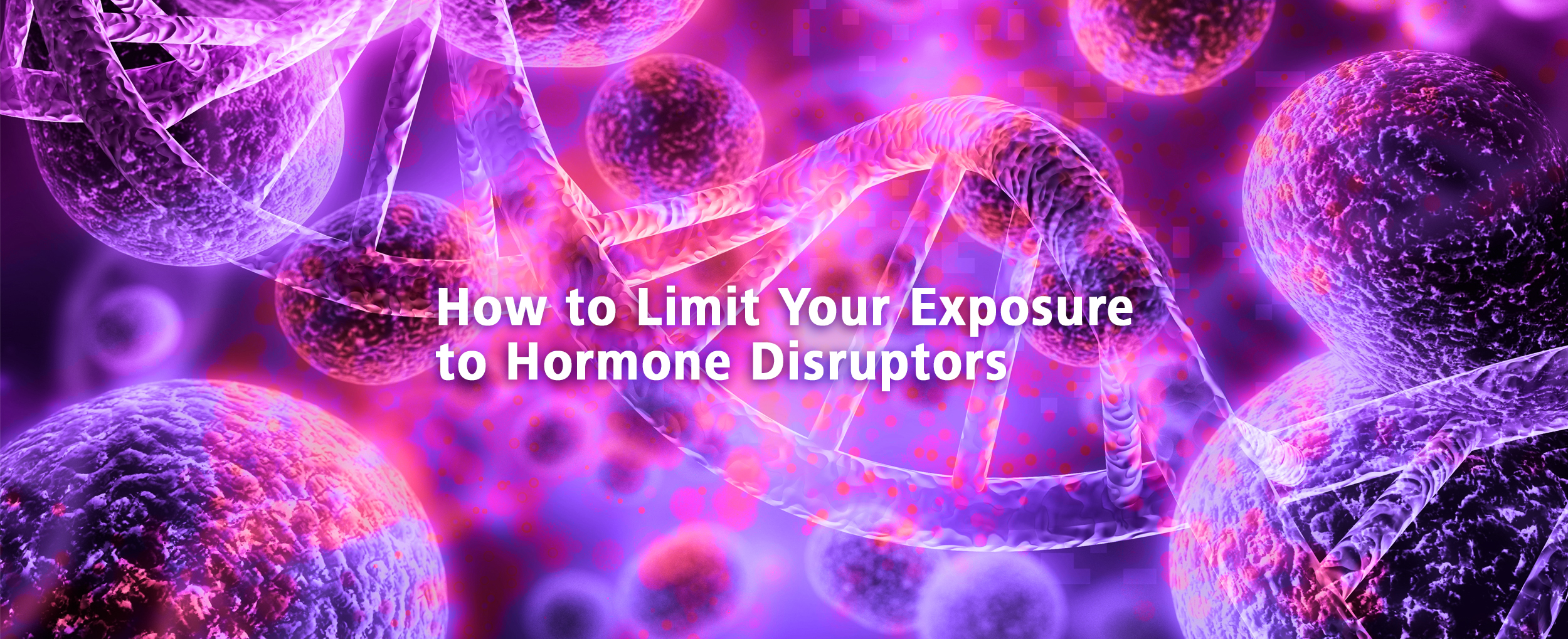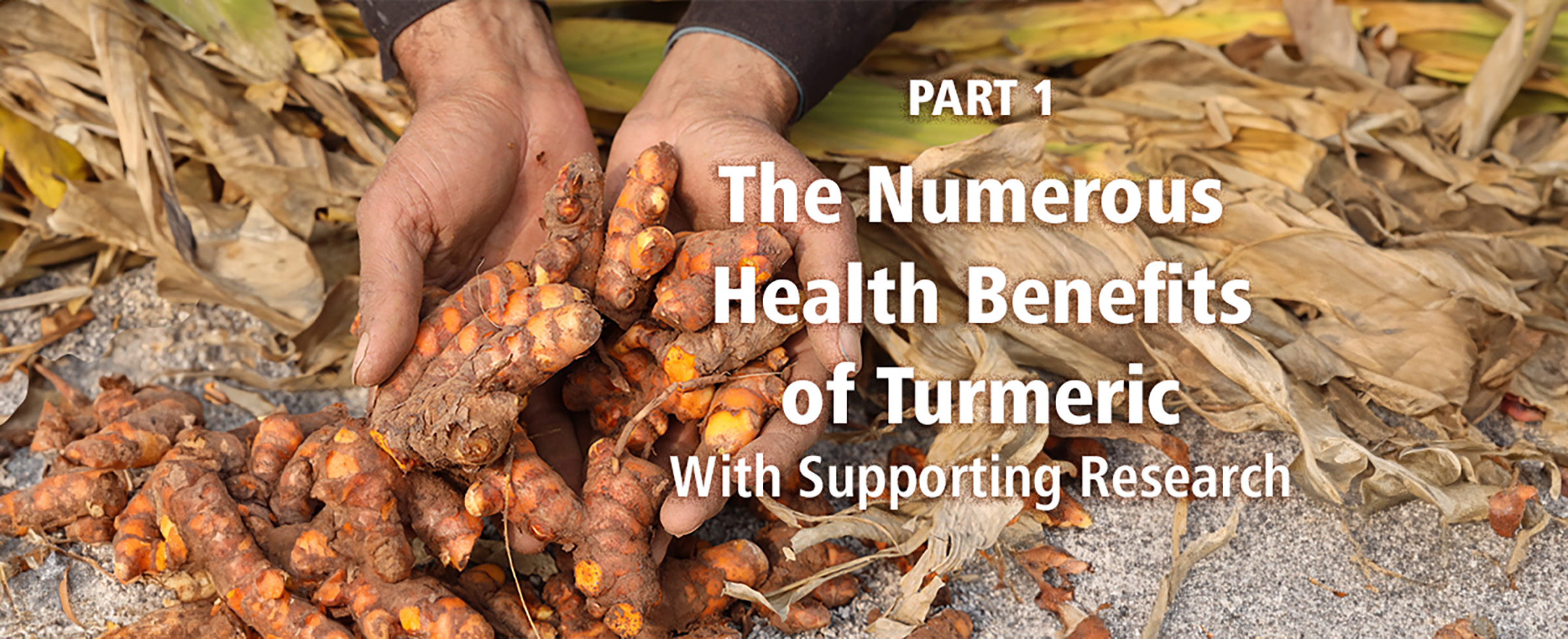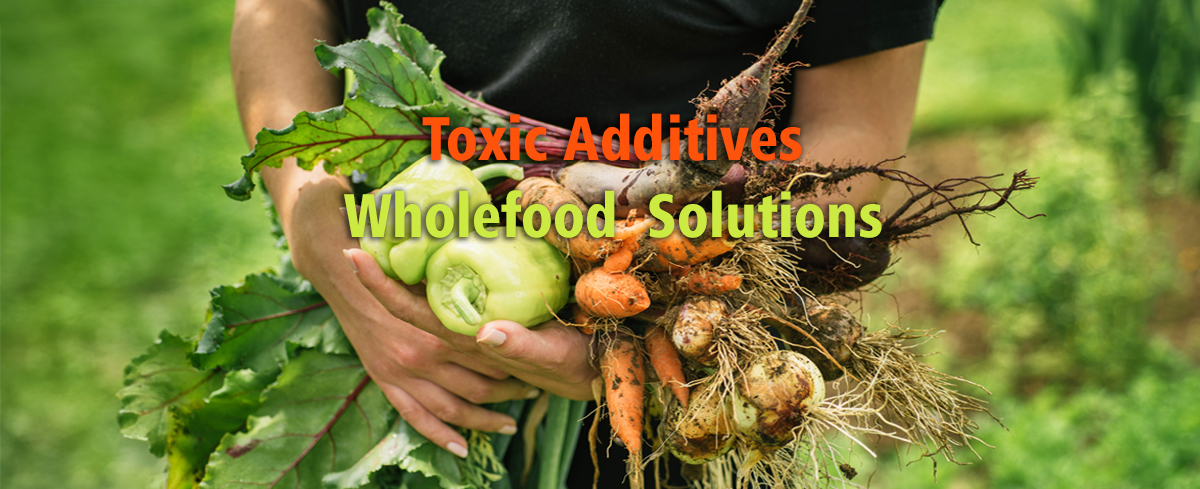Uncovering the Truth About One of the Most Misunderstood Antioxidants
Have you been overlooking vitamin E in favor of more mainstream nutrients like vitamin C or D? That’s a big mistake! This fat-soluble powerhouse plays a critical role in maintaining your health. The primary role of vitamin E is as a potent antioxidant, protecting cell membranes from oxidative damage caused by free radicals. It also strongly supports immune function, skin health, cardiovascular protection, and even hormonal balance! Unfortunately, many people either underestimate its importance or don’t realize the difference between synthetic and whole-food sources. Here’s what you need to know about this essential nutrient—from its many benefits to the hidden pitfalls of cheap synthetic imitations.
What Is Vitamin E?
Vitamin E is a group of eight fat-soluble compounds—four tocopherols and four tocotrienols—each with unique functions. The most commonly known form is alpha-tocopherol, but in nature, vitamin E exists as a complex of all eight compounds. Together, they work synergistically to provide powerful antioxidant protection and support vital functions in the body.
Health Benefits of Vitamin E
- Antioxidant Defense
Vitamin E is one of the body's primary defenders against oxidative stress.1 It neutralizes free radicals, which are unstable molecules that damage cells and contribute to aging, inflammation, and chronic disease.1 Another way to look at the antioxidant vitamins, A, C, and E, is as nature’s anti-aging gifts. - Heart Health
Studies suggest vitamin E helps “inhibit LDL cholesterol oxidation, a key factor in the development of atherosclerosis.”1. It also supports healthy blood vessel function, which is necessary for the successful transportation of nutrients across the body! Vitamin E is important for supporting healthy blood pressure balance.2 This is great news for the nearly 120 million Americans with high blood pressure.
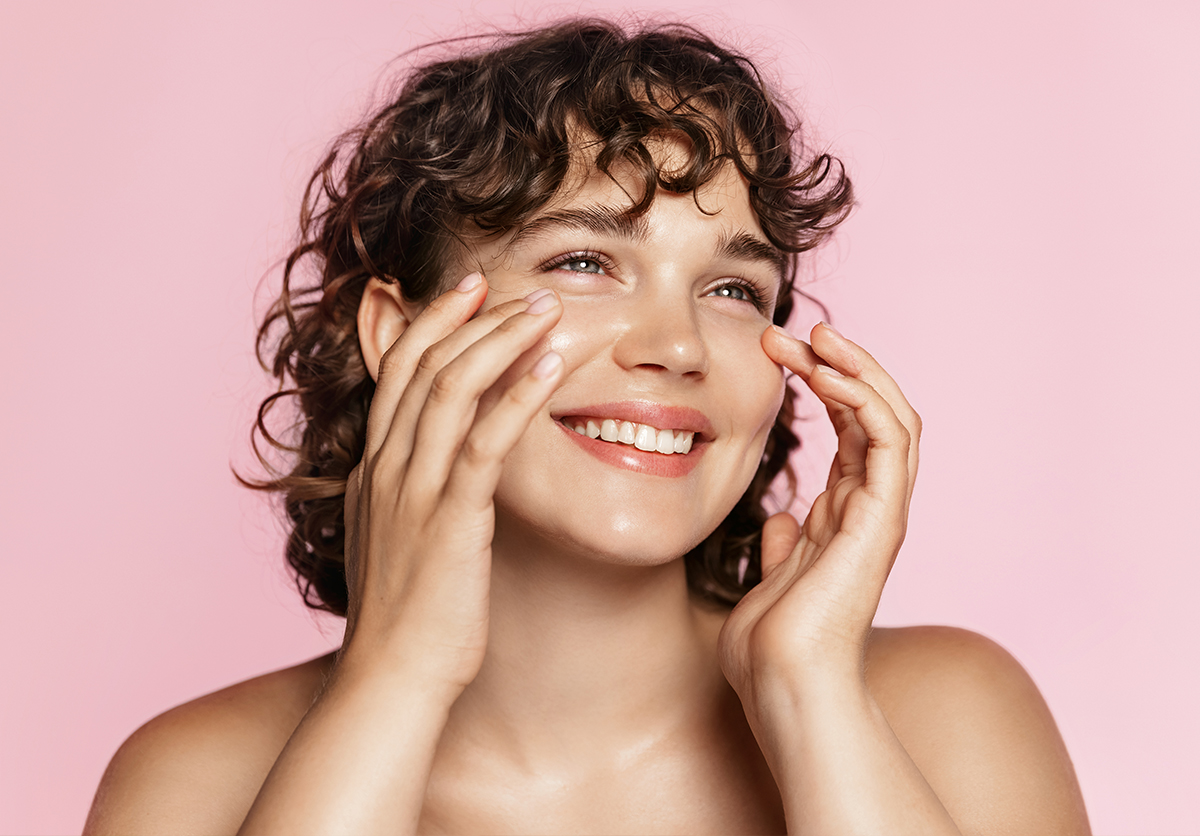
- Skin and Hair Health
Vitamin E is often found in skincare products for good reason. It supports collagen production, helps soothe UV damage, and aids in wound healing.3 It also contributes to a healthy scalp and shiny, strong hair! - Immune Function
This nutrient enhances T-cell function, helping the body mount an appropriate immune response, especially important as we age.4 - Hormonal and Reproductive Health
Vitamin E plays a role in maintaining healthy hormone balance, and some research has linked it to fertility support in both men and women. Male infertility affects 7% of men worldwide. Significant contributors to male infertility are poor sperm motility and low sperm count. Vitamin E can prevent free radicals from damaging sperm. This preserves sperm counts and helps sperm travel more efficiently through the female reproductive tract to fertilize an egg. Studies have shown that antioxidants, including vitamin E, effectively improve semen parameters in infertile men. 5
For women going through a pregnancy, it is well established that undesirable events such as miscarriage, premature birth, preeclampsia, and intrauterine growth restriction can be caused by a lack of vitamin E during pregnancy.6

Signs You May Have A Vitamin E Deficiency
Suboptimal levels are more common than many realize, especially in people with fat malabsorption issues or poor diets.
Signs of deficiency include:
- Muscle weakness or loss of coordination
- Numbness and tingling in the limbs
- Anemia or fatigue
- Weak immune response
- Dry skin, hair loss, or rashes
- Night blindness or blurred vision
- Damage to the retina
- Seizures or cognitive decline in extreme cases
- Poor insulin sensitivity
- Generalized inflammation
If left unaddressed, a chronic lack of vitamin E can contribute to neurological issues and increased oxidative stress, accelerating the aging process and disease risk.
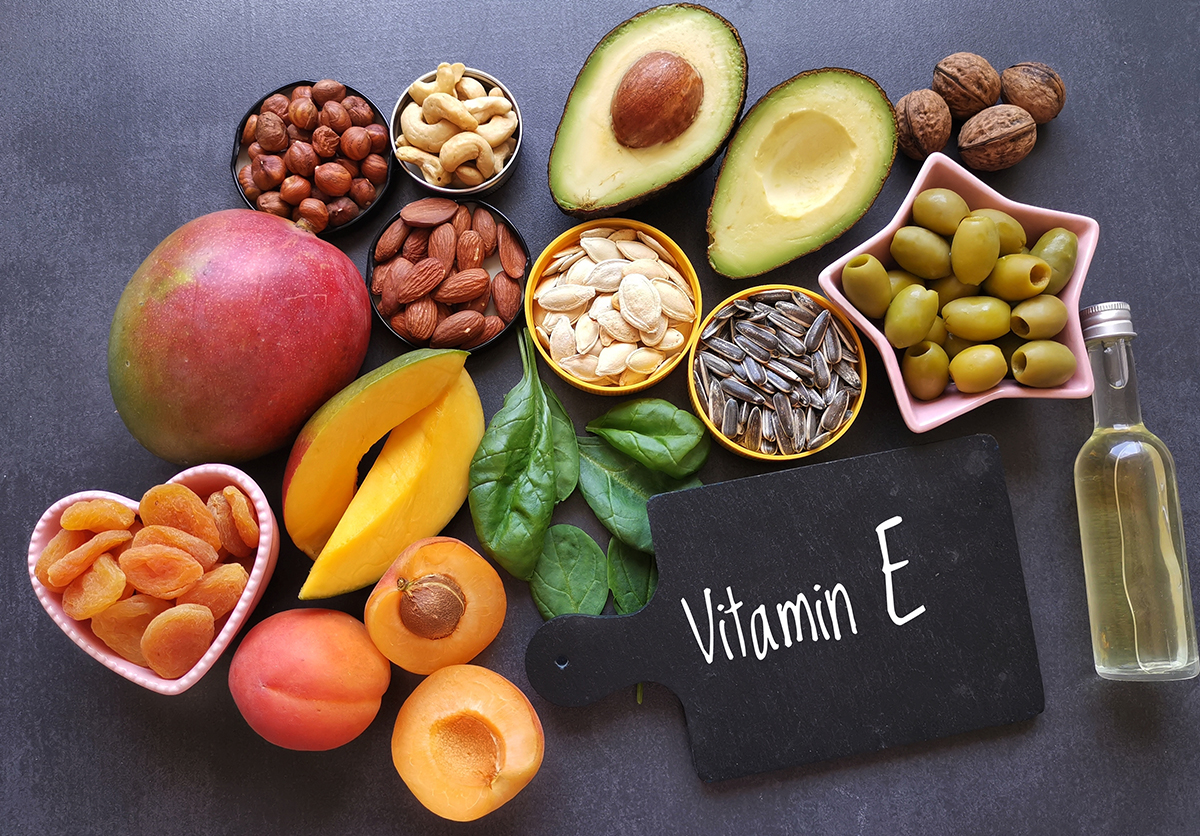
Top Food Sources of Vitamin E
Vitamin E is best obtained from whole foods rich in the full complex of tocopherols and tocotrienols. Here are some top sources:
- Raw Sunflower seeds
- Raw Almonds
- Raw Hazelnuts
- Wheat germ oil
- Avocados
- Spinach and Swiss chard
- Pumpkin
- Olive oil
- Sustainable Red palm oil (high in tocotrienols)
Whole-food sources provide balanced forms of vitamin E, including beta, gamma, and delta tocopherols, and crucially, tocotrienols, which are especially potent antioxidants.
The Problem with Synthetic Vitamin E
Most vitamin E supplements on the market use synthetic alpha-tocopherol, usually labeled as “dl-alpha-tocopherol.” While this form is approved for use, it’s only one part of the vitamin E complex and lacks the full range of activity found in nature! Worse, synthetic alpha-tocopherol can displace other forms of vitamin E, like gamma-tocopherol and tocotrienols, reducing their availability in the body.
Why Whole-Food Vitamin E Is Better
Whole-food sourced vitamin E, often labeled as “d-alpha-tocopherol with mixed tocopherols and tocotrienols,” mimics the natural balance found in food. These complete complexes offer broader antioxidant protection and work more effectively in the body. The inclusion of tocotrienols, in particular, has shown superior benefits for brain, heart, and cellular health.
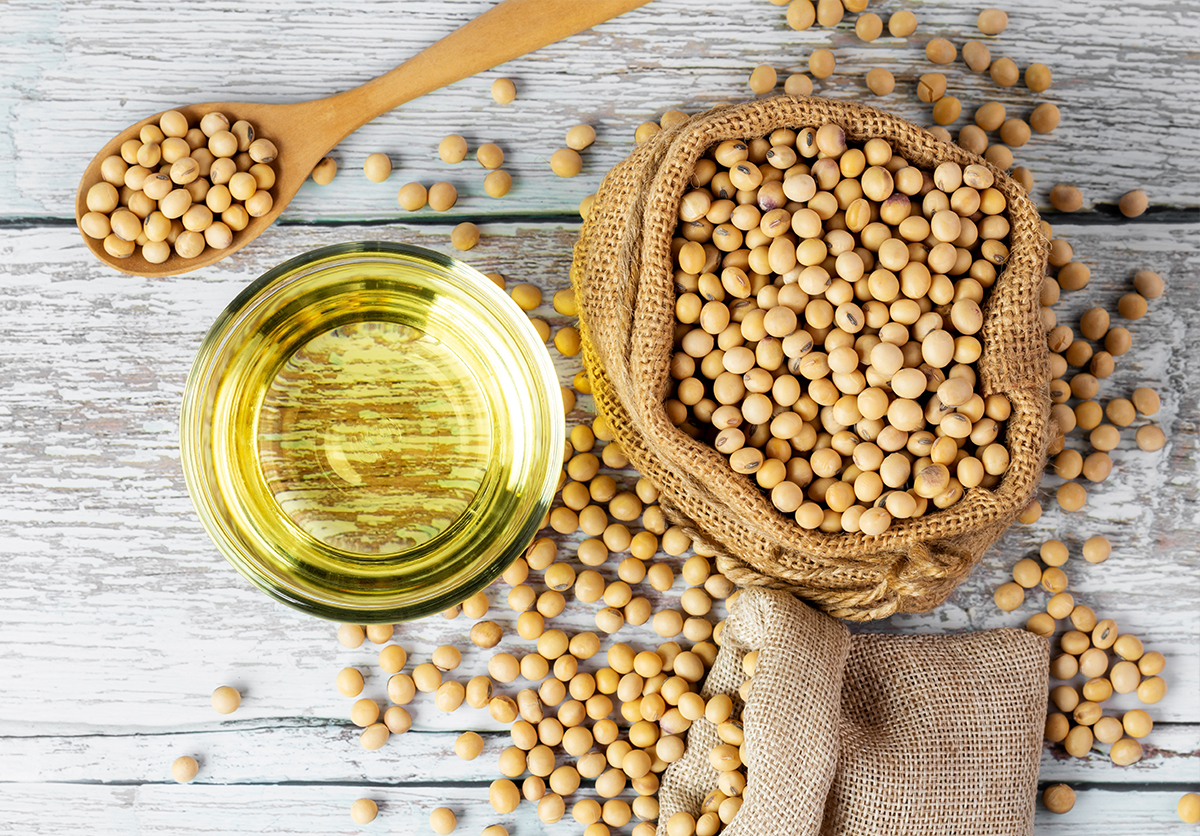
The Soy Concern
A major concern with many synthetic vitamin E supplements is their soy-based origin. Most synthetic alpha-tocopherol is derived from genetically modified soy oil, which poses several problems:
- GMO exposure: Genetically modified soy is often treated with glyphosate pesticides and other chemicals.
- Allergen potential: Soy is a common allergen and can disrupt hormones in sensitive individuals.
- Processing concerns: Highly refined soy oil used in synthetic vitamin E may contain residues from harsh solvents and chemicals.
Choosing soy-free, non-GMO, and whole-food-based vitamin E supplements ensures cleaner sourcing and fewer potential health risks.
Alpha-Tocopherol vs. the Full Vitamin E Complex
Supplement labels often tout high IU (international units) of alpha-tocopherol, but more isn’t always better, especially when it's isolated. Alpha-tocopherol alone does not reflect the full power of vitamin E! In fact, excessive isolated alpha-tocopherol can interfere with the absorption of gamma-tocopherol and tocotrienols, reducing your overall antioxidant defenses.
Nature never intended vitamin E to work in isolation. The full complex—alpha, beta, gamma, and delta tocopherols and tocotrienols—is what delivers comprehensive support. That’s why we at NAHS developed the unique Purely E formula, also available as topical and internal drops, fully equipped with cold-pressed Austrian pumpkin seed, raw, unrefined non-GMO sunflower, and sustainable red palm oils. It is the first of its kind and delivers 100% of the vitamin E complex your body craves!
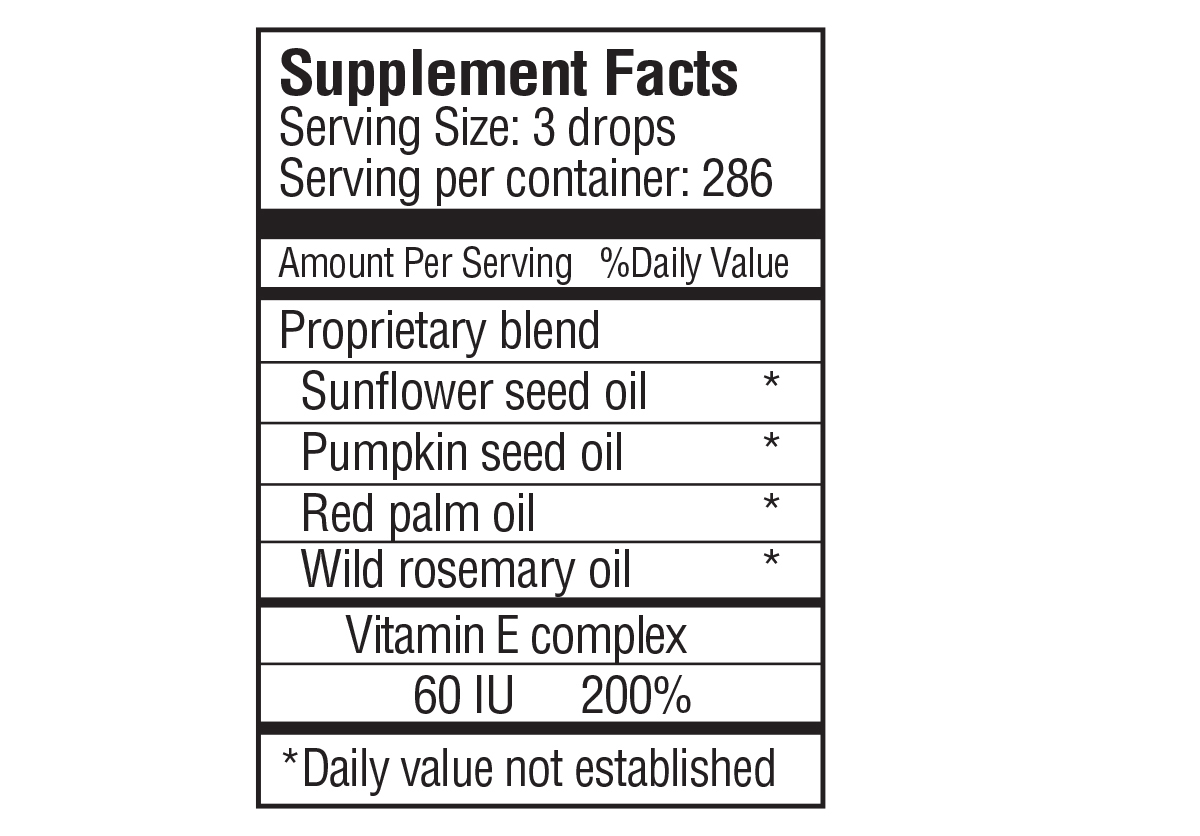
Vitamin E supports an incredible range of systems in the body. Here’s a quick chart recapping the key benefits:
|
System/Function |
Supportive Role of Vitamin E |
|
Heart Health |
Maintains healthy circulation and supports arterial integrity |
|
Hormone Balance |
Supports adrenal and reproductive function |
|
Reproductive Organs |
Promotes normal function in both men and women |
|
Skin Health |
Helps protect and nourish skin tissue; aids in healing |
|
Anti-Aging |
Antioxidants support cellular vitality and longevity |
|
Brain Health |
Protects neurons and supports memory and focus |
|
Eye Health |
Aids in protection from oxidative damage to the retina |
|
Immune Support |
Supports healthy immune cell function |
|
Wound Recovery |
Promotes healing of damaged skin and tissue |
One remarkable case involved a man who suffered chemical burns on his skin. After applying a natural vitamin E oil regularly, the wounds healed beautifully, with no scarring. While results vary, this shows how nutrient-dense oils can powerfully support the body’s repair mechanisms.
Final Thoughts
Vitamin E is far more than a skin vitamin or antioxidant buzzword. It’s a critical nutrient that supports everything from cellular health to heart function and immune response. But not all vitamin E is created equal.
When it comes to supplementation, quality matters. Choose whole-food or full-spectrum sources that contain mixed tocopherols and tocotrienols, preferably soy-free and derived from non-GMO plants. Avoid synthetic “dl-alpha-tocopherol” products that offer only a fraction of what your body truly needs. If you would like to have a true wholefood multivitamin that includes high-quality vitamin E and more, check out our Purely Paks.
Understanding the full picture of vitamin E can empower you to make smarter choices for long-term wellness. Don’t underestimate this essential nutrient—your cells, heart, and brain will thank you!
References:
NIH Health Professional Vitamin E Fact Sheet:1
Vitamin E can Reduce Blood Pressure in Mild Hypertensives
Maryam Boshtam, Morteza Rafiei, Kamran Sadeghi, and Nizal Sarraf-Zadegan
International Journal for Vitamin and Nutrition Research 2002 72:5, 309-3142
Lee CH, Lee KWA, Chan KW, Lee KFV, Lam KWP. Review of topical vitamins in photoaging skin. J Cosmet Med 2022;6:67-71. https://doi.org/10.25056/JCM.2022.6.2.673
Meydani SN, Han SN, Wu D. Vitamin E and immune response in the aged: molecular mechanisms and clinical implications. Immunol Rev. 2005 Jun;205(1):269-84. doi: 10.1111/j.0105-2896.2005.00274.x. PMID: 15882360; PMCID: PMC7158858.4
Ahmadi S, Bashiri R, Ghadiri-Anari A, Nadjarzadeh A. Antioxidant supplements and semen parameters: An evidence-based review. Int J Reprod Biomed. 2016 Dec;14(12):729-736. PMID: 28066832; PMCID: PMC5203687.5
Md Amin NA, Sheikh Abdul Kadir SH, Arshad AH, Abdul Aziz N, Abdul Nasir NA, Ab Latip N. Are Vitamin E Supplementation Beneficial for Female Gynaecology Health and Diseases? Molecules. 2022 Mar 15;27(6):1896. doi: 10.3390/molecules27061896. PMID: 35335260; PMCID: PMC8955126.6


